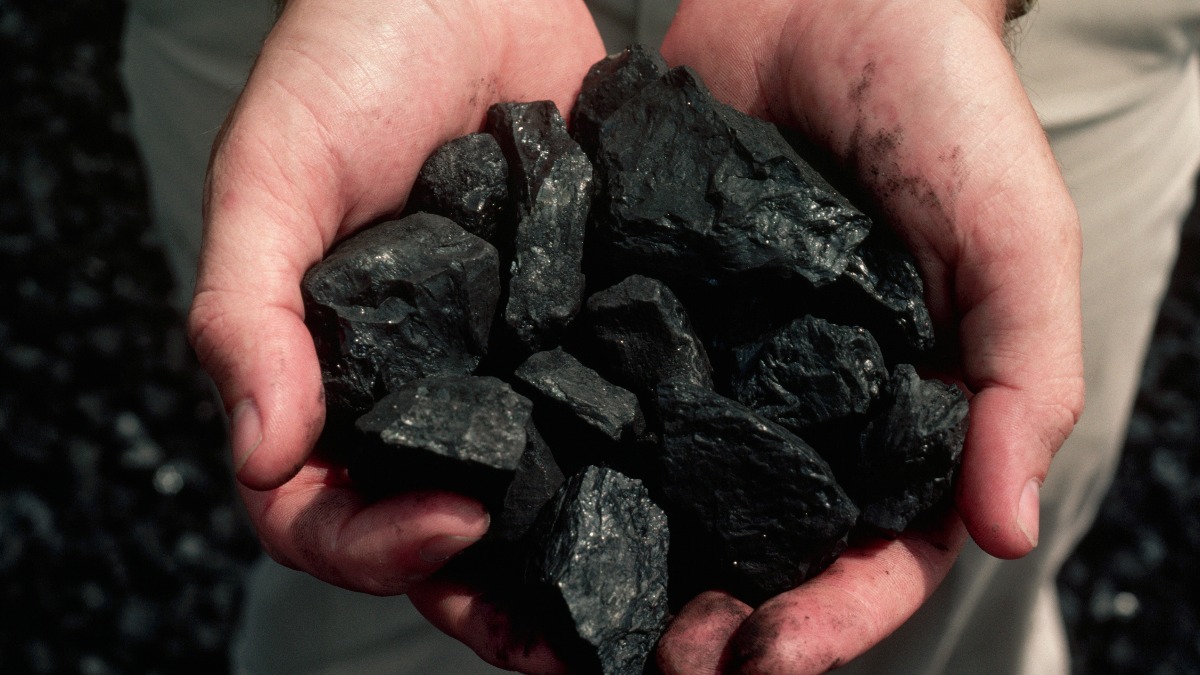Monsters of Rock: Whitehaven dividend could be muted by rising costs despite met coal switch

Pic: Getty Images
Earnings from Whitehaven Coal’s (ASX:WHC) Queensland met coal operations, acquired from BHP (ASX:BHP) and Mitsubishi in a deal worth up $6.4 billion earlier this year, will be used to pay down transaction costs, in a move that suggests dividends will be clipped – at least for now.
Its costs have also lifted at its New South Wales operations by 10.5% at the same time as thermal coal prices have fallen back.
Speaking to analysts on a conference call following its first quarterly results release since picking up the keys from BMA at the Daunia and Blackwater mines, the company flagged payouts would likely resume at August’s full year results with the caveat that its Queensland coking coal sales will be used to cover costs of deferred payments due on the acquisition.
That means it will be reliant on earnings from the New South Wales mines, which sell a lower value thermal coal for its returns to shareholders.
The company had been a major yield monster for investors after thermal coal prices surged to unforeseen highs in the aftermath of Russia’s invasion of Ukraine in 2022.
But they have since normalised at levels of around US$135/t, around half the price of the tighter supplied premium hard coking coal product sold to steel makers by BHP’s top mines in Queensland.
“I think you should think about that the same way we’ve been saying that probably since last September-October,” Whitehaven CFO Kevin Ball said.
“How we’ve described that is the dividend policy or the capital allocation policy remains the same.
“The dividend is likely to be out of the New South Wales business rather than the Queensland business because the cash flow from the Queensland business will be used to retire the deferred payments to BMA and the buyback is on hold for a couple of years while we do that.
“So we think we reward shareholders with dividends out of New South Wales and we’ll have that decision in August out of the board for the final dividend and look forward to resuming the full suite of approaches we’ve got available to us at an appropriate time in the future.”
Whitehaven has previously flagged it would pay 20-50% of NPAT from its NSW mines, including the Maules Creek operation, in franked dividends.
Whitehaven completed the deal and saw off a challenge from an activist London hedge fund last year which tried to campaign against the Daunia and Blackwater purchase on the grounds it would enrich management at the expense of shareholder payouts.
It was later revealed the fund had an undisclosed substantial shareholding in WHC with a class of securities specifically structured to benefit from dividend payments, unwound after a complaint made to the Takeovers Panel but not before Whitehaven received a big fat strike at its AGM on its remuneration report.
Smooth transition but pricing hurts
Whitehaven said it had successfully integrated Daunia and Blackwater, the latter of which is expected to be subject to a minority sell-down to an Asian steel producer.
It produced 4.8Mt, around the midpoint of guidance, selling 3.2Mt with some sales slipping into the current quarter because of bottlenecks on the railway line out of Daunia.
Overall ROM coal output was up 34% to 24.5Mt, with equity sales 26% higher at 16.4Mt for FY24, with overall production of 9.7Mt and equity sales of 6.5Mt in the June quarter.
Its Queensland ops raked in $271/t against a premium hard coking coal benchmark average of US$243/t in the June quarter, while its thermal assets traded their product to generators at $207/t for the quarter and $217/t for the financial year.
That meant its revenue mix came in at 59% met and 41% thermal, below the 70-30 split envisaged when the BHP deal was announced.
There are a couple of reasons for that. Daunia tends to deliver a higher quality coal than Blackwater, which tends more towards semi-soft and PCI production.
WHC’s hard and semi-hard coking coal sales (55% of sales) clocked in at 81% of the benchmark for the quarter, down on historical averages of 85-90%. Its SSCC and PCI sales drew realisations of 66%, attributed to a market crowded by discounting Russian producers.
But as Daunia volumes ramp up, far more of Whitehaven’s revenue is expected to come from the met coal side.
By way of comparison WHC pulled in a record average price of $445/t in FY23, almost entirely from thermal coal, in the aftermath of the 2022 price surge. But profits will be crunched by rising production costs as well, with unit costs coming in at the top end of its guidance for the NSW mines at ~$114/t.
WHC is confident both met and thermal coal will be supported with higher prices in the years to come as supply struggles to keep up with demand.
“The expected structural shortfall in global metallurgical coal production, particularly due to long-term production constraints of HCC from Australian producers, combined with increased seaborne demand from India, is anticipated to drive higher metallurgical coal prices over the near- and long-term,” WHC said.
“While the relativities for PCI and SSCC to PLV HCC are below historical averages, favourable absolute prices are being realised.
“Recent disruptions in the supply of steel making coal add to the increasing volatility of the market prices for metallurgical coal.
“The demand for high CV thermal coal remains robust in Whitehaven’s mature and emerging markets in Asia to fuel HELE (high-efficiency, low-emissions) power generation. The structural supply shortfall in seaborne high CV thermal coal continues to grow as a result of underinvestment in new supply and depletion of existing supply which is supportive of long term high CV thermal prices.”
WHC boss Paul Flynn also comically referred to a scheme that saw the miner sell around 1Mt of coal at cut-rate prices into the NSW domestic market in a State Government intervention as a “scam” saying he was pleased to see the back of it.
The ASX materials sector fell 1.71% in a rough trading day for mining stocks as iron ore producers were stung by disappointment over a lack of economic stimulus expectations from China’s Third Plenum talks. ANZ reduced its short term target for iron ore to US$100/t on supply growth and a stagnant Chinese economic recovery.
Today’s Best Miners
Syrah Resources (ASX:SYR) (graphite) +6.6%
Meteoric Resources (ASX:MEI) (rare earths) +3.6%
Sayona Mining (ASX:SYA) (lithium) +3%
Catalyst Metals (ASX:CYL) (gold) +2.8%
Today’s Worst Miners
Encounter Resources (ASX:ENR) (niobium) -6.8%
Chalice Mining (ASX:CHN) (nickel/PGE) -5.1%
Alkane Resources (ASX:ALK) (gold/copper) -4.6%
Metals X (ASX:MLX) (tin) -4.3%
UNLOCK INSIGHTS
Discover the untold stories of emerging ASX stocks.
Daily news and expert analysis, it's free to subscribe.
By proceeding, you confirm you understand that we handle personal information in accordance with our Privacy Policy.








